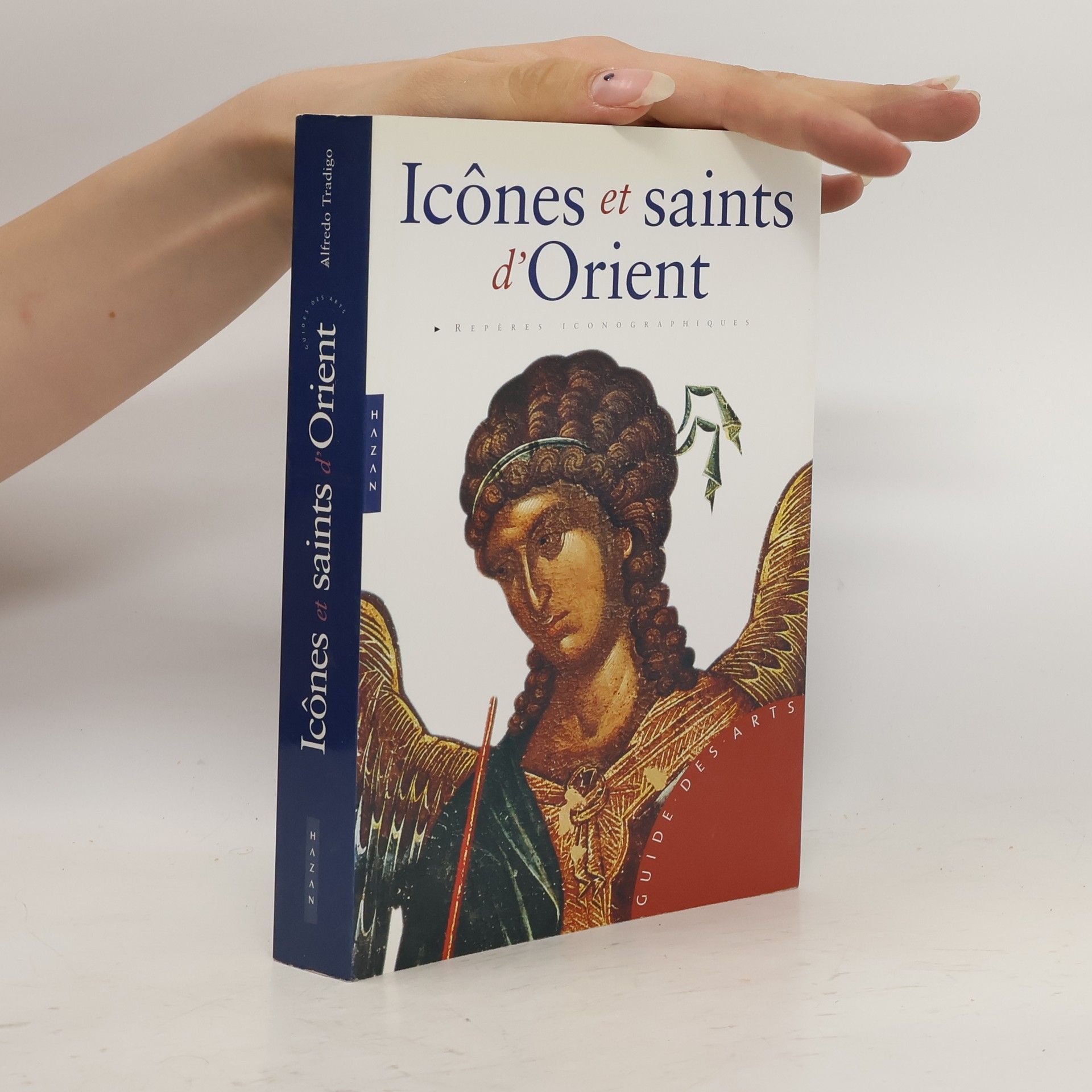"Explicite les codes précis utilisés par les peintres d'icônes. Les traits du Christ, de Marie et des saints, les attitudes, les gestes des mains, les vêtements, les couleurs, les drapés et les édifices sont des modèles reproduits fidèlement : ils donnent une interprétation symbolique conforme à la pensée des Pères de l'Eglise. Les matières utilisées sont elles aussi ritualisées
Alfredo Tradigo Bücher



„Patrzysz na mnie z krzyża, mój Panie...' Wizerunek i spojrzenie ukrzyżowanego. Ten niezwykły album zawierający ponad 200 reprodukcji dzieł sztuki staje się dla nas jakby piątą, 'nienapisaną Ewangelią'. Niezwykłe komentarze ukazują, jak Krzyż Jezusa kształtował nie tylko wiarę chrześcijańską, ale również całą kulturę zachodniej Europy. Prezentowane dzieła od najstarszych po współczesne obrazują, jak Krzyż Chrystusowy wpływał nie tylko na rozwój wiary, ale także na kształtowanie wrażliwości i całej kultury szczególnie zachodnich społeczeństw. Autor opisuje i porządkuje bogactwo artystycznego ujęcia krucyfiksu, podejmując temat w czterech głównych hasłach: Historia Ukrzyżowanego, Ludzkość u stóp Golgoty, W uścisku z krzyżem i Symbol krzyża. W efekcie otrzymujemy niezwykły portret Człowieka Krzyża na przestrzeni epok, które akcentowały w tym wizerunku różne aspekty historii zbawienia. Ów portret jest także punktem wyjścia do lektury utworów literackich oraz rozważań z zakresu liturgii, teologii i patrologii. Każdemu obrazowi towarzyszą bowiem fragmenty Ewangelii, Listów św. Pawła, pism ojców Kościoła, Bernarda z Clairvaux, Katarzyny ze Sieny, Jacopone da Todi, Ignacego Loyoli, Benedykty od Krzyża (E. Stein), Eliota, Ungarettiego, Claudela, Borgesa, Giussaniego, papieży Wojtyły i Ratzingera i wielu innych, będące medytacją pasyjną, refleksją nad Ukrzyżowanym czy modlitwą do Niego.
Icone e santi d'Oriente
- 383 Seiten
- 14 Lesestunden
An icon (from the Greek word "eikon," "image") is a wooden panel painting of a holy person or scene from Orthodox Christianity, the religion of the Byzantine Empire that is practiced today mainly in Greece and Russia. It was believed that these works acted as intermediaries between worshipers and the holy personages they depicted. Their pictorial language is stylized and primarily symbolic, rather than literal and narrative. Indeed, every attitude, pose, and color depicted in an icon has a precise meaning, and their painters--usually monks--followed prescribed models from iconographic manuals. The goal of this book is to catalogue the vast heritage of images according to iconographic type and subject, from the most ancient at the Monastery of Saint Catherine in the Sinai to those from Greece, Constantinople, and Russia. Chapters focus on the role of icons in the Orthodox liturgy and on common iconic subjects, including the fathers and saints of the Eastern Church and the life of Jesus and his followers. As with other volumes in the Guide to Imagery series, this book includes a wealth of color illustrations in which details are called out for discussion.